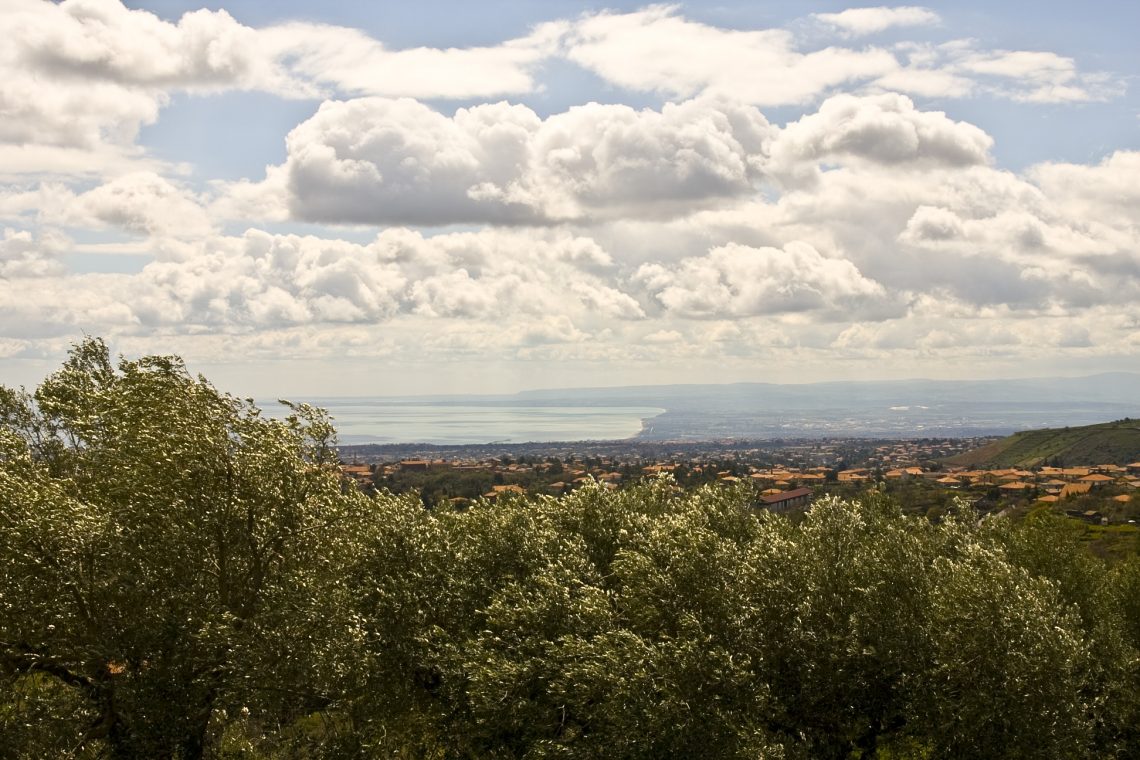The Wolf Post, supported by a Cultural Association, offers a professional service with free access, without subscription.
For this reason, a donation would also be a sign of appreciation for our work.
The olive trees, which characterize the landscape geography of the Mediterranean, play a fundamental role not only in the economy of the various countries, for the oil obtained from them, but also from an environmental point of view.
Olive groves have forest characteristics and play an important role in limiting soil loss and reducing desertification. Among the trunks of the olive trees and their imposing roots, among the thick foliage, numerous animal species find refuge and sustenance.
The ecological role of olive groves and the protection of some plant and animal species are also confirmed by scientific studies. Safeguarding the health of olive trees means indiscriminately protecting the planet.
A healthy olive tree, among other things, will provide quality table olives and Extra virgin olive oil. All this, however, cannot be taken for granted, since the olive tree, like any living species, suffers from problems which, if not properly treated, can compromise the yield of the oil and, in the most serious cases, the life of the plant itself.
What we bring to the table is the result of work that starts from the field. A complex work full of unknowns that the consumer must know, broadly speaking, in order to have greater awareness at the time of purchase, especially in reference to a precious and delicate product such as extra virgin olive oil.
The Spanish University of Jaén is internationally known for its studies on Extra virgin olive oil and for having created the first doctorate in the world on the subject. Undoubtedly, the fact that Jaén has become “The world capital of olive oil”, due to the high concentration of the production of quality Extra virgin olive oil, is also an added value for the academic sector of Andalusia.
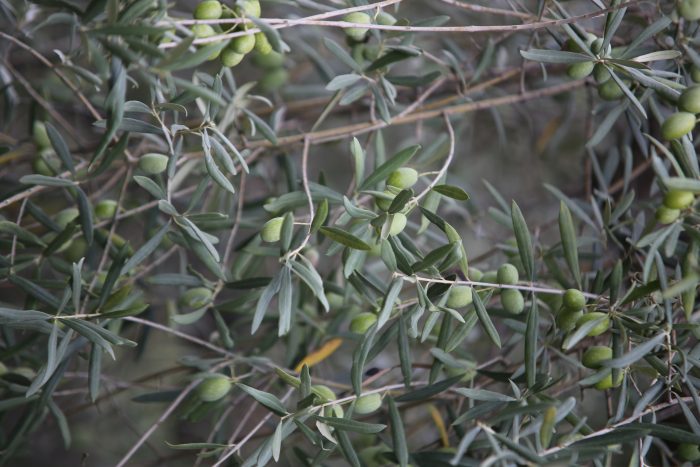
© Ph. Veronica Lavenia
Ramón González Ruiz, Professor at the Department of Animal, Plant and Ecology Biology in the Zoology Area of the University of Jaén (Spain), has extensive experience, especially with regard to parasites and diseases related to the olive tree. In his long career, Professor González Ruiz has published dozens of articles in scientific journals and books. He has also participated in numerous international symposia and conferences.
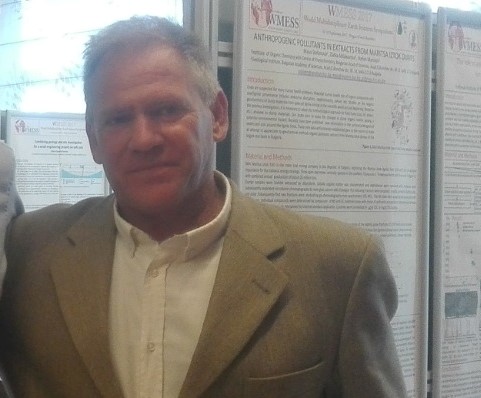
©Ramón González Ruiz- University of Jaén
His scientific activity has also developed through the production of television programs, documentaries and reports on nature. One of these, entitled “The Endangered Elm Species”, has been translated into English and French.

© University of Jaén
In this interview, Ramón González Ruiz explains the importance of research to prevent diseases and treat olive groves, also to guarantee consumers that the final product, extra virgin olive oil, can best express its organoleptic characteristics.
Professor, what is your experience with regard to parasites and diseases of the olive tree?
I would like to convey to the reader the importance of some cultural aspects in the integral management of the olive grove:
- The application or not of pesticide chemicals of synthetic origin, as well as their rate of application;
- The maintenance or removal of a herbaceous plant cover in the growing area.
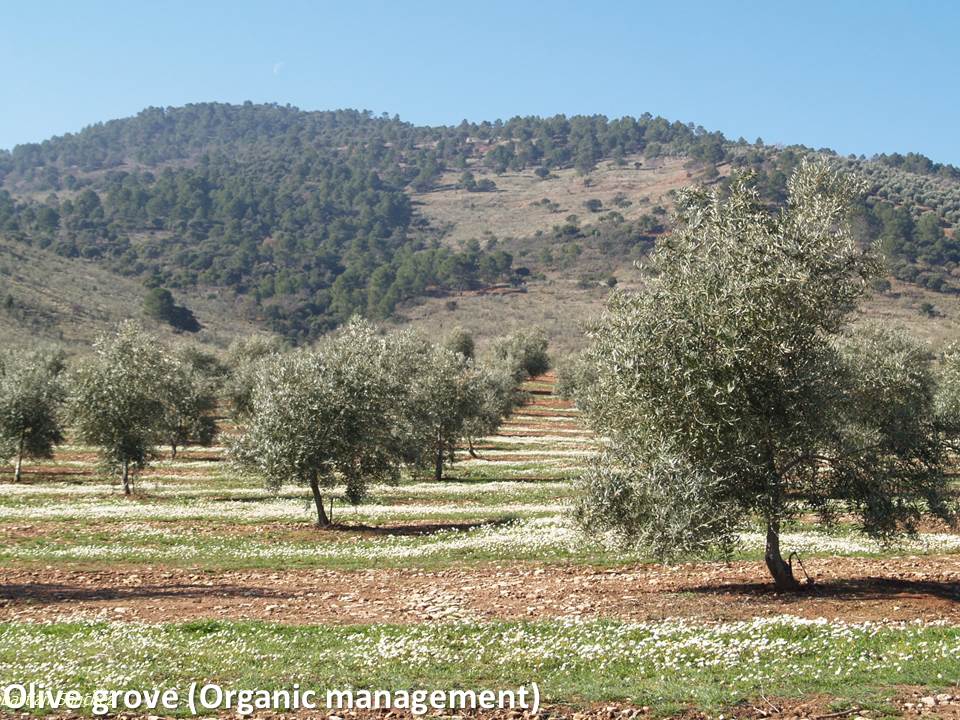
© University of Jaén
As regards the first, the most frequent is the application of synthetic pesticides and, less frequently, the application of pesticides of natural (biological) origin. In any case, the decision as to whether its application is necessary or not is determined by the results of regular sampling of parasites and pathogens carried out by the technicians in charge of managing the olive grove, and by their contrast with a predetermined value, called the economic damage threshold. In this way, only when the pest/pathogen population reaches or exceeds this certain value, does the technician recommend the application of the pesticide to the farmer. This method represents a great improvement over what has traditionally been the routine and scheduled application of pesticides, as it eliminates unnecessary applications and improves the environmental quality and performance of pest control programs. However, it is still necessary to readjust the economic damage thresholds, according to the particular ecological characteristics of the cultivation area, integrating the beneficial action of the natural enemies of parasites, whose activity is decisive. Evaluating and enhancing the activity of natural enemies are important objectives of our research.
On the second factor, the importance of maintaining a vegetation cover in the olive grove, the opinion of technicians and farmers is currently very much against it. Since ancient times, its complete elimination has been strongly rooted in a large sector, most likely out of ignorance about its beneficial effects. In this regard, it must be considered that the vegetation offers many advantages, being particularly necessary for the maintenance of the soil and the fight against erosion, allowing the proliferation of the community of natural enemies of parasites. Plants, in fact, provide a source of nourishment for adult insects, both through pollen and nectar from flowers, and through the presence of other insects that feed on them, and which are alternative prey (even secondary) for predators of parasites, when their main The (primary) prey, which corresponds to the insect pest of the olive tree, is scarce or temporarily inaccessible to them.
Furthermore, the vegetal residues of the vegetal cover offer shelter to the survival of innumerable beneficial species, so the evaluation of its impact on the maintenance of biodiversity, and above all on the beneficial fauna, through its various effects, has been the focus of numerous researches.
In summary, the phytosanitary protection of olive groves hinges on two fundamental axes: the biocidal activity of chemical pesticides and the entomophagic activity of natural enemies, which, in turn, is closely linked to the maintenance of the vegetation cover.
Among the more traditional farmers, who accept only conventional chemical control, and those who are committed to optimizing natural and organic control mechanisms, there is a range of possibilities that correspond to different agricultural management models: Conventional (traditional) management, Infestation Integrated Management (IPM) and Ecological Management. The latter includes the so-called Organic (which admits the use of insecticides of natural origin), and the rigorous Ecological management, which only admits the action of natural enemies.
From your studies, what do you think is the main risk factor threatening olive groves today?
The intense trade exchanges taking place globally, the inefficiency or non-existence of quarantine measures and the absence of a forecast plan to limit the impacts deriving from the introduction of parasites and pathogens whose effect has manifested itself in other olive trees – areas cultivated in the world, and which can be introduced into our olive groves. Currently, we are seeing this reflected in the emergence of emerging problems in the olive grove, as a result of the uncontrolled trade in exotic plants, which are carriers of new species of parasites and pathogens.
In particular, several European countries have been suffering for years from the worrying entry of foreign parasites and weeds, among the first the Asian insect (Halyomorpha halys), which, since 2016, has been causing extensive damage to olive groves in Italy, France and north of the Spain, or the weevil of the olive tree, Rhynchites cribripennis, which is extending its range in the northern countries of the Mediterranean basin, causing significant production losses. Much more worrying was the introduction of the bacterium responsible for the syndrome known as rapid drying of the olive tree, Xylella fastidiosa, native to the American continent, and whose various subspecies have been introduced in the last decade in various European countries, and which part of the ‘olive trees affect more than 500 plant species, both cultivated (vine, citrus, stone fruit and almond), wild (rosemary, lavender, cistus …), ornamental (oleander, Polygala myrtifolia …) and forest (Quercus, Prunus, wild olive, acacia, ash …). The devastating effects of the subspecies pauca st53 in the olive groves of southern Italy are an example of the magnitude of the threat posed by the indiscriminate introduction of exotic species.
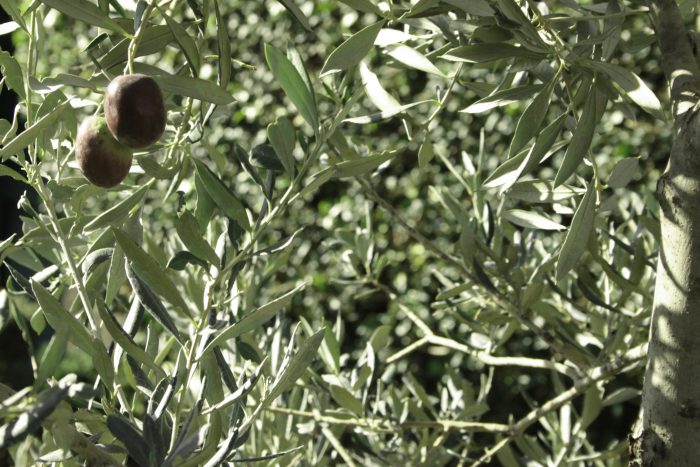
© Ph. Veronica Lavenia
Another of the main threats to olive growing is that represented by climate change, which is a direct consequence of pollution and whose negative effects are already being felt, affecting the biodiversity of many ecosystems, causing a decrease in rainfall and an increasing increased heat waves in spring and summer, which is very detrimental to the fruiting and development of olives. It has also been highlighted that the impact of the increase in winter temperatures above a certain threshold can cause serious and catastrophic deficiencies in the flowering of the olive tree, since it requires a minimum number of hours of cold, necessary for flowering. On the other hand, the increase in minimum winter temperatures, although the advantage may seem, is far from true, given that cold winters are a beneficial factor for the olive tree, since numerous potentially harmful parasites and pathogens die with the cold. Many of these species, more sensitive to cold, correspond to the so-called “emerging parasites”, since, usually, they go unnoticed in the “normal” years, but in new environmental conditions they can cause significant damage. In this sense, and given that the threat posed by Xylella fastidiosa has been discussed above, it is important to consider the effect that global warming may have on olive growing in the Mediterranean region. This is due to the fact that among the factors limiting the winter survival of this bacterium stands the impact of low winter temperatures (especially when the average minimum temperature is below 1.1 ºC) as it causes high mortality. Most likely this reason is due to the fact – among other things – that its most damaging effect occurred in areas where the average minimum winter temperatures are relatively warm, generally above 4.5 ºC, given that in these areas it survives. the bacterium without problems during the winter, which is why they are classified as being at high risk of infection. Much of the European olive grove has winter minimum averages between 1.1 ºC and 4.5 ºC and, although these do not provide optimal conditions for Xylella’s winter survival, they are classified as moderate risk. Obviously, the increase in winter lows following global warming can lead to a gradual shift from moderate to high risk areas.
Italian consumers are well acquainted with xylella, which has recently devastated the olive groves of Puglia (southern Italy). A scourge that has had a devastating impact on the local (and national) economy of the sector. Is it possible to do prevention on the subject? And, today, do studies and technology provide weapons to help olive growers avoid or limit the damage of this devastating bacterium?
Certainly, the epidemic of this bacterium in southern Italy in 2013, with the high mortality rate in olive trees, represented the most dramatic version among the epiphytes in olive groves (a term that is equivalent to pandemic, in the vegetable kingdom). Due to its transmission speed and extreme lethality, its pathogenicity is comparable to devastating diseases such as Dutch elm disease which, during the 20th century, caused the disappearance of hundreds of millions of elms in Europe and North America.
To understand the different strategies used by scientists to deal with this disease, it is necessary to consider the fact that the mere presence of Xylella bacteria is not enough to start the infection process. This requires the contribution of several factors involved:
Potentially susceptible olive trees (i.e. of a sensitive variety);
Presence of vector insects (carriers) in the cultivation area;
Presence of the bacterium, in particular of the specific pathogenic variety for the crop. In the case of olive trees, the pauca variety and, in particular, the st53 strain;
A favorable temperature, especially in winter.
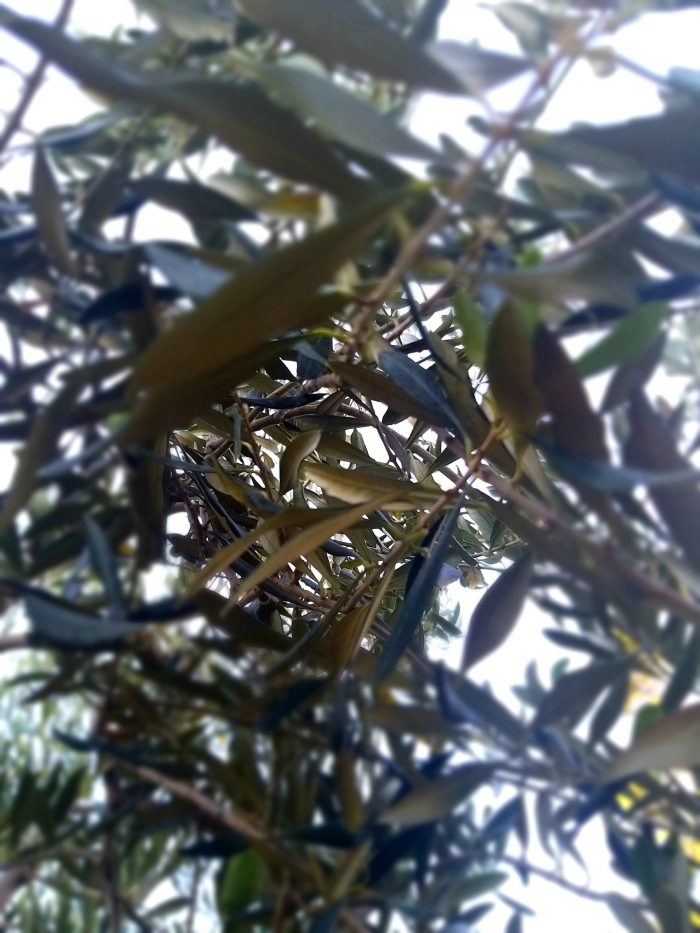
© Ph. Veronica Lavenia – The Wolf Post
Taking into account the above, the research paths for prevention and control have been oriented towards the following aspects:
- Selection of resistant olive trees to replant previously affected areas or replace sensitive varieties;
- Develop control programs for vector insects (carriers of Xylella fastidiosa), for which the identification and synthesis of their pheromones is investigated, in order to carry out mass capture programs, or any other strategy that allows to reduce their population in the olive grove;- Study the identification of its pheromones, detailed study of its biological cycle, knowledge of its natural enemies of potential use for its biological control, etc…;
- Since the chances of success in control and eradication depend on early diagnosis, monitoring programs for olive groves are being developed using drones equipped with hyperspectral and thermographic cameras, capable of detecting recently infected olive trees, as the symptoms incipient are simply visible are not evident. This allows you to take control measures in advance, thus limiting its spread in the crop.
Are olive tree diseases the same in different Mediterranean countries or are there different characteristics depending on the territory?
Among the range of parasitic species that negatively affect the olive tree in the Mediterranean area, it is relatively common among the different countries, even if given the great ecological variability between them, a very variable intensity of attacks can be observed. Other species, depending on its degree of affinity with the particular conditions of the country or of the olive growing area in particular.
Among the harmful biological agents, we distinguish between parasites, that is, mainly insects and mites, and diseases caused by pathogens, that is, mainly fungi and bacteria. Among the former, there is a greater homogeneity between the olive groves of the various Mediterranean countries, even if, as I said before, the importance of each varies, sometimes considerably between them, depending on the environmental conditions (rainfall regime, trend annual temperatures, relative humidity, etc.). Among the main parasites, and more homogeneously distributed in the Mediterranean basin, we point out the fly (Bactrocera oleae) and the moth (Prays oleae). However, the influence of environmental conditions is even more decisive in the case of pathogenic pathogens, especially as regards fungi, on which, in addition to the climate, the variety of olive trees is decisive. This explains why a disease can be of fundamental importance in Greece, of little or medium importance in Spain and of no importance in Tunisia.
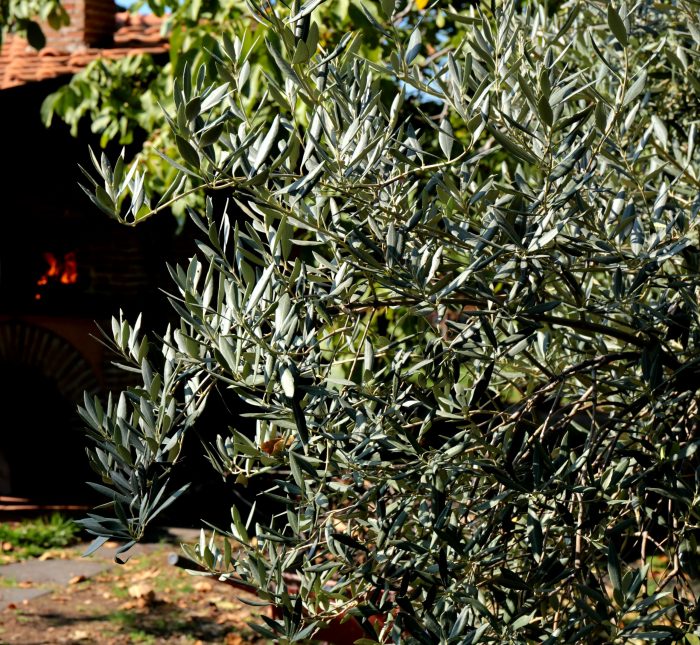
PH: Veronica Lavenia
In your studies you emphasize the importance of interventions that are not aggressive for the environment. Is there a possibility of reaching a similar compromise and that it is effective? Is a healthy and sustainable olive grove possible?
In the context of the fight against pests and diseases, when I stated the need for environmentally friendly interventions, I refer to the importance of stimulating the biodiversity of olive groves, both vegetable and animal, as an essential requirement to achieve greater sustainability, which involves necessarily the optimization of the natural defense mechanisms, which naturally stop the uncontrolled increase of parasites. Among the types of management listed above, Ecological-Biological and Integrated Management are those that are best suited for this purpose. However, ensuring acceptable control often requires the timely support of chemical control means, the difference between them is the type of pesticide approved, being of natural origin for Ecological-biological (5% of the olive grove in Spain) and also including products of synthetic origin in olive groves under management or Integrated Production (26% of the olive grove in Spain). Compared to these two models, the conventional management olive grove is far behind, in which the interventions are much more aggressive, and which currently corresponds to almost 70% of the olive grove in Spain. However, the increase in recent years of the extension of Integrated and Ecological management olive groves at the expense of the Conventional one, is a good indicator of farmers’ awareness, towards more sustainable positions, so experience tells us that maintaining this trend is clearly positive.
There are those who distrust organic farming, especially if applied to olive groves. Skeptics argue that the olive grove is subject to crises that are difficult to manage according to the organic method. Your opinion about it.
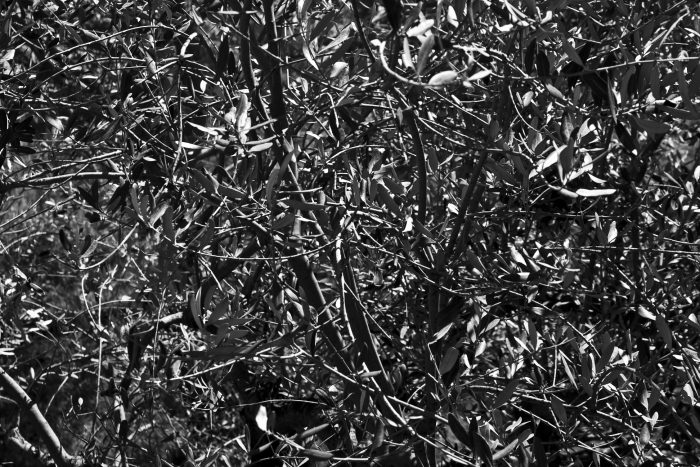
PH: Veronica Lavenia
Using a simile with human health, it would be like proposing the drawback of maintaining a healthy and balanced diet, for the simple fact that at certain times we will need the remedies of classical medicine. In this regard, the recognition that people with a healthy diet and lifestyle maintain a higher quality of life is reason enough to clear up any doubts. In this case, most organic farmers do not refuse the use of pesticides, but resort to products of natural origin, the residues of which are easily biodegradable, do not accumulate in the environment and are generally applied less frequently than synthetic pesticides in any other type of agricultural management. This has great advantages, since the pesticide residues that we ingest by consuming ecological products are non-existent, compared to Integrated Management and, even more importantly, compared to Conventional Management. Organic products also offer economic advantages to farmers, both for their added value and for their higher price on the markets, and for the economic subsidies they get from the Administration, which in recent years has triggered the significant increase in organic olive growing. Finally, we indicate that our Research Group has developed a methodology that allows us to characterize this type of crop based on the behavior of the insects present in them, which allows them to be clearly identified with respect to any other type of management. Among other advantages, this method is a practical utility tool.
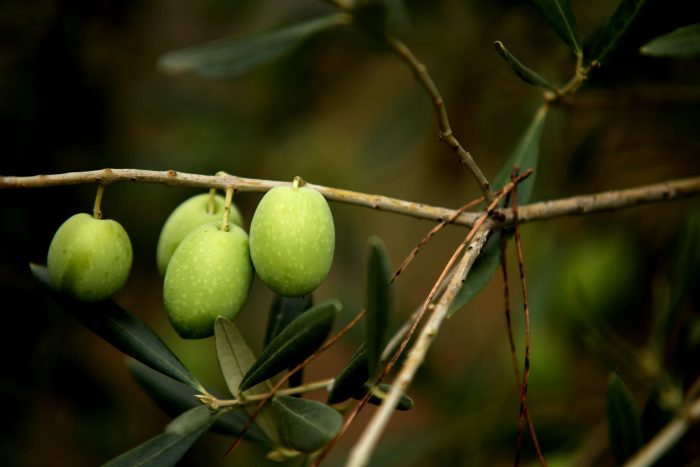
The Wolf Post-Veronica Lavenia
Despite climate change, do you think that the olive tree, which has a strong historical value for the Mediterranean countries (and not only), will be able to resist, continuing to give away the so-called “liquid gold”?
Undoubtedly, although it is true that climate change represents one of the great threats to olive groves, in my opinion we have sufficient resources to correct and alleviate the phytopathological problems that may arise. When it comes to the more than possible increase in the impact of pests and diseases as a result of global warming, this presents a great challenge. Lines of research focusing on the selection of resistant varieties and on the genetic improvement of the olive tree can provide important tools for alleviating emerging problems. On the other hand, the research currently underway in the field of biological control of pathogens, on the study, identification and isolation of microorganisms potentially antagonists of pathogenic microorganisms, currently suggests that this will be an undoubted line of research importance for the conservation of this crop.


